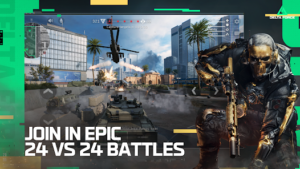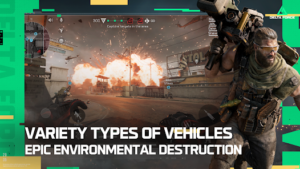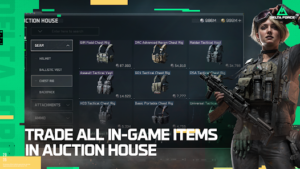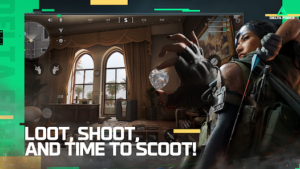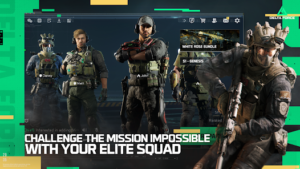Since its founding in 1977, Delta Force has come to represent accuracy, confidentiality, and unmatched proficiency in high-risk military operations, hostage rescue, and counterterrorism.
The history, composition, training, and legacy of Delta Force are examined in this article, along with some of its most noteworthy missions and the disputes involving its covert operations.
Origins: The Birth of an Elite Unit
The need for Delta Force led to its creation. The U.S. military realized in the 1970s that it was woefully inadequate in responding to new challenges across the world, especially terrorism.
The necessity for a specialized counterterrorism unit was highlighted by the 1972 Munich Olympics massacre, in which Israeli sportsmen were kidnapped by Palestinian terrorists.
In 1977, following years of bureaucratic struggles, Beckwith was granted permission to establish Delta Force.
By emphasizing quality above number, the unit’s creation signaled a paradigm shift in U.S. special operations. “Delta would be small, but it would be very, very sharp,” as Beckwith memorably stated.
Structure and Organization: The Anatomy of a Secretive Force
As part of the U.S. Special Operations Command (SOCOM), Delta Force is operated by the Joint Special Operations Command (JSOC).
Its structure, which emphasizes flexibility and autonomy, is based on the SAS. Three primary squadrons comprise the unit:
- The “shooters” in charge of direct action operations, such as raids and hostage rescues,
- Support Squadrons: Manage communications, logistics, and intelligence.
- Aviation Squadron: Uses fixed-wing aircraft and specialized helicopters to provide air support.
Every squadron is further divided into smaller groups, or “troops,” that are specialized for particular tasks (e.g., medics, breachers, snipers). Delta can quickly adjust to mission needs because of this modular setup.
Training: Forging the Best of the Best
The Assessment and Selection Course (A&S), the selection procedure used by Delta Force, is infamously harsh.
Candidates go through land navigation drills with little food or water, 40-mile ruck marches, and sleep deprivation.
Evaluators look for people who thrive in ambiguity, and the turnover rate is about 90%. “They’re not looking for Rambo,” one retired operator said.
They are looking for men who can anticipate their next move while under fire.
After passing A&S, participants in a six-month Operator Training Course (OTC) gain advanced skills.
- Combat in close quarters (CQB)
- Handling explosives
- Negotiation of hostages
- Training in foreign languages and cultures
- Monitoring and reconnaissance
Realism is emphasized in Delta’s teaching. Mock missions, which frequently include live fire and civilian role-players, simulate situations such as embassy sieges or hijackings.
Controversies and Challenges
Awe and criticism have been stoked by Delta’s concealment. Important concerns include:
- Absence of Oversight: There are ethical questions when classified operations avoid legislative oversight.
- Civilian Casualties: Unintentional deaths have occasionally occurred as a result of high-risk raids in inhabited areas.
- Psychological Toll: After retiring, several operators struggle with substance misuse or PTSD because of the extreme stress they endure.
Furthermore, accountability is made more difficult by Delta’s culture of quiet. “The price of being invisible is that when mistakes happen, the public never hears your side,” as journalist Sean Naylor stated in Relentless Strike.
Legacy and Influence
The influence of Delta Force is not limited to the battlefield. Its training and tactics have impacted ally forces across the world, including Australia’s SASR and Germany’s GSG 9. At home, Delta influenced the formation of the FBI’s Hostage Rescue Team (HRT).
By developing hybrid operations, which combine fast strikes and information collection, the unit also revolutionized contemporary warfare.
As is increasingly common in counterterrorism, Delta collaborated with CIA paramilitaries and computer experts to destroy insurgent networks throughout the Iraq War.
Delta has been romanticized in popular culture through video games like Call of Duty and films like Black Hawk Down.
In Conclusion
Its successes are rarely publicized; its failures dissected endlessly.
Yet in an era of asymmetric threats, Delta’s blend of stealth, skill, and adaptability ensures its continued relevance.
As terrorism evolves, so too does Delta Force. The unit is a perfect example of a straightforward reality: The only constant in the world of special operations is the unrelenting quest for excellence, whether it is via the use of state-of-the-art technology or the improvement of traditional techniques.

